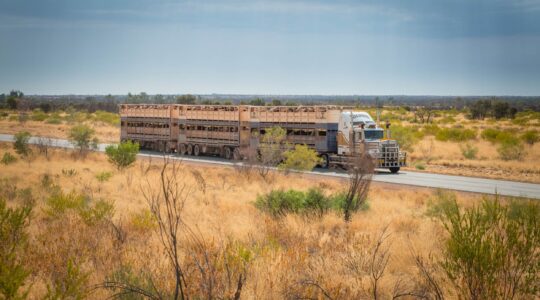The Federal Government’s Same Job, Same Pay laws have driven significant wage increases, according to new research by the McKell Institute.
A new report, Closing Loopholes, Opening Opportunities, released today, says that the impact of the measures had been “substantially underestimated” in government forecasts.
The measures were introduced to stop labour hire contractors being paid different wages than full-time workers on the same sites.
“Same Job, Same Pay was designed to restore fairness to Australian workplaces,” McKell Institute CEO Edward Cavanough said.
“This report shows it is doing exactly that – and on a far greater scale than many expected”
Key findings include:
- Same Job, Same Pay is projected to drive an annual wage uplift of up to $920.3 million in a moderate scenario, with a potential to exceed $1 billion in higher estimates.
- In sectors like mining, aviation, and retail, workers are already seeing pay increases of $30,000–$60,000 per year.
- Some companies are proactively shifting labour hire workers into direct employment to comply with the new laws.
McKell said labour force data was not showing any negative employment effects from the changes.
“Over 1500 workers have received average pay increases of around $33,500, with some seeing gains up to $60,000,” the report said.
“A further 4300 mining workers stand to benefit from pending decisions, worth an additional $200 million in aggregate wages.”
The report saysmore than 3000 Qantas flight attendants were receiving pay rises of up to $20,000 per year after they used the provisions as a bargaining tool.
The full report is on the McKell Institute website.








